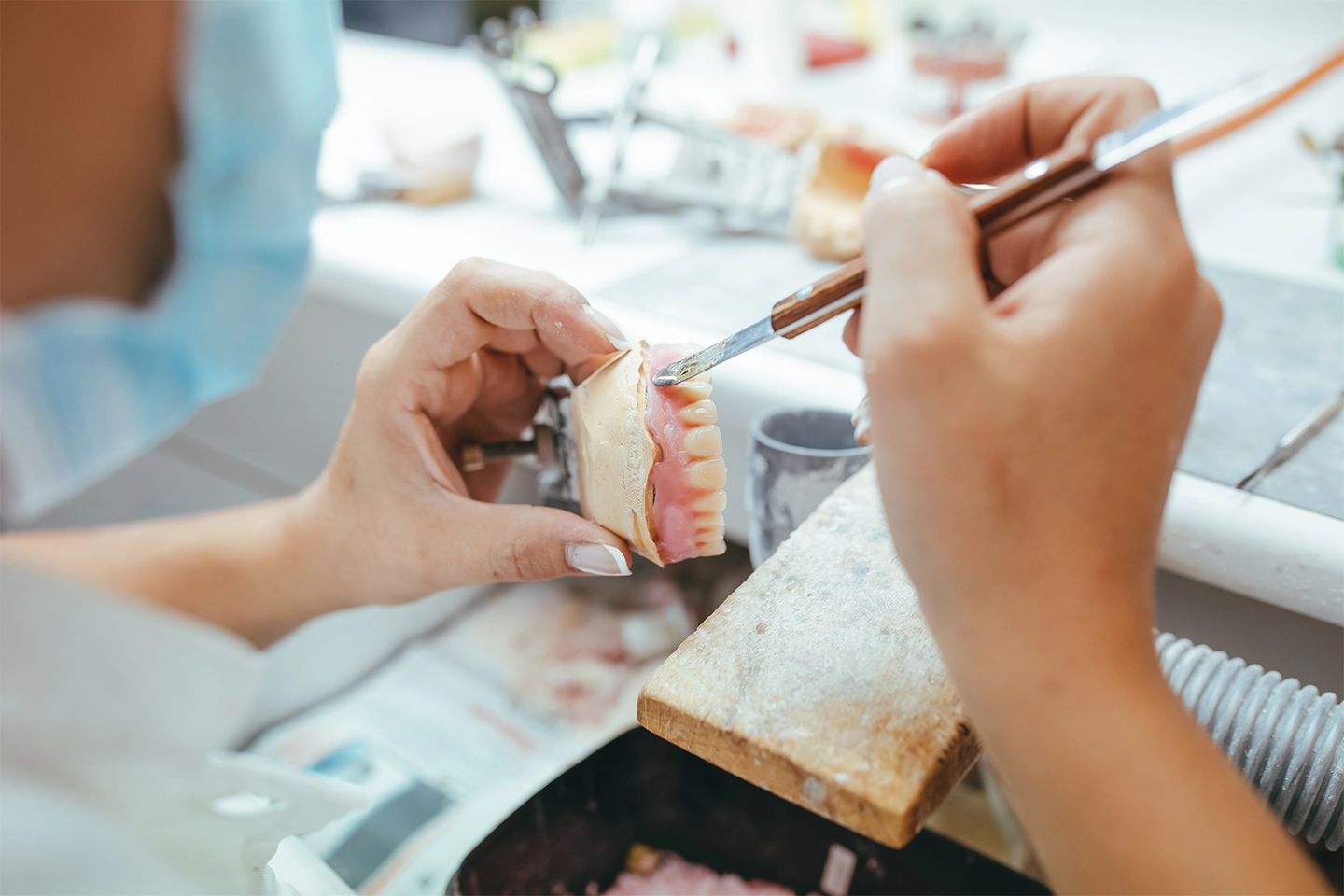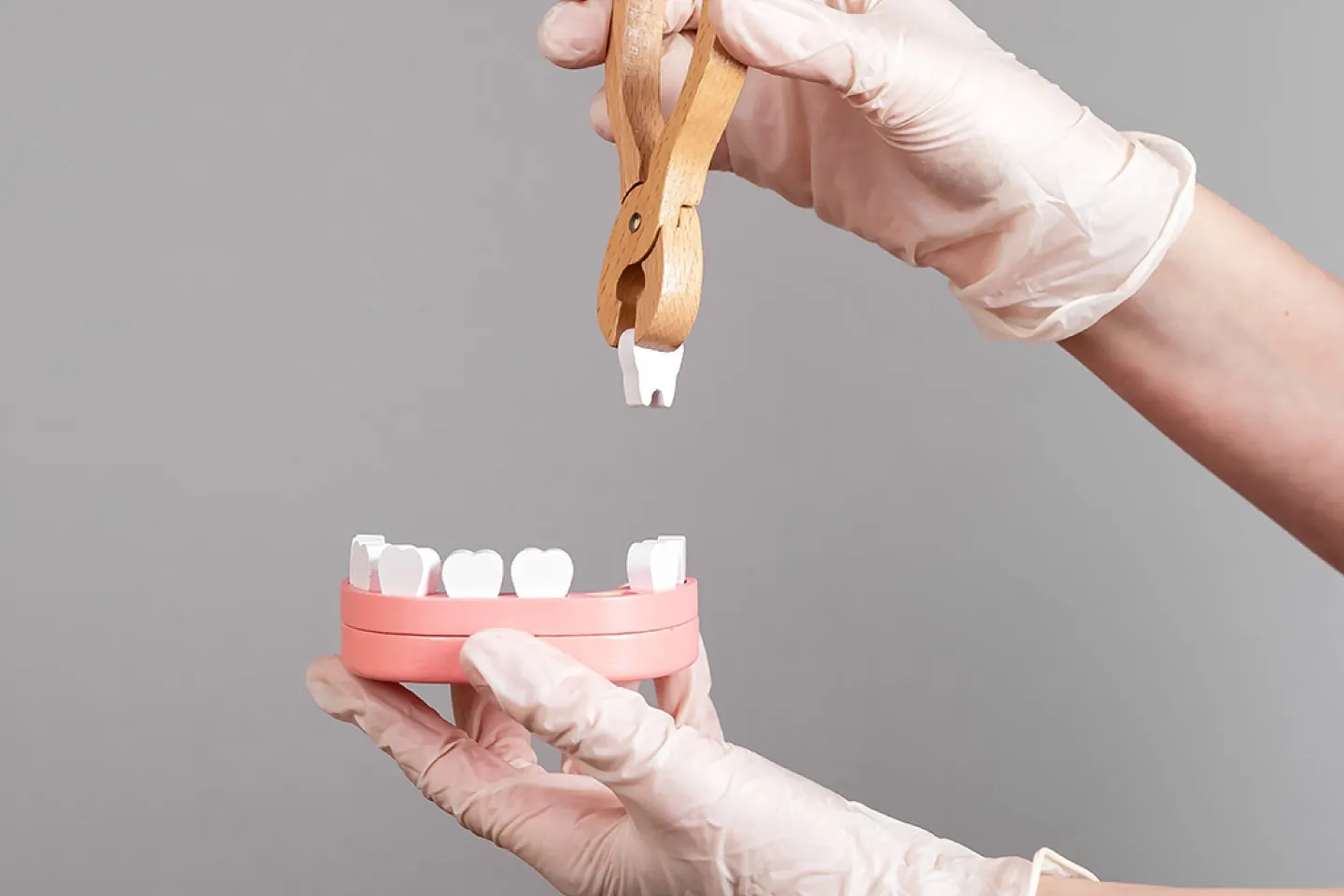
Contact Us
Our team is happy to hear from you! Fill Out Our Simple Form to Schedule Your Next Visit and Experience Exceptional Dental Care in Schaumburg.
Email: office@sdsdentist.com
Phone: (847) 882-3333
Monday: Closed
Tuesday – Thursday: 9:00 am to 6:00 pm
Friday: 8:00 am to 4:00 pm
Saturday: 8:00 am to 2:00 pm
Sunday: Closed
We offer comprehensive dental services for all ages. Trust Us as Your Go-To Family Dentist.

















